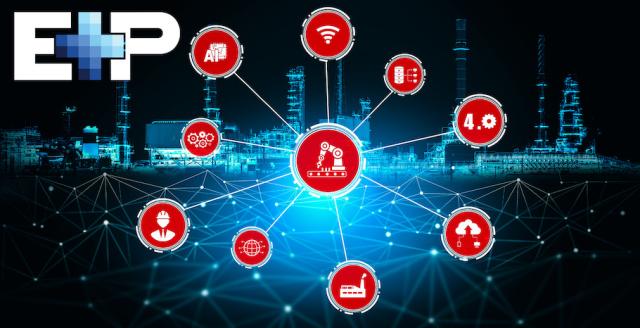
Presented by:
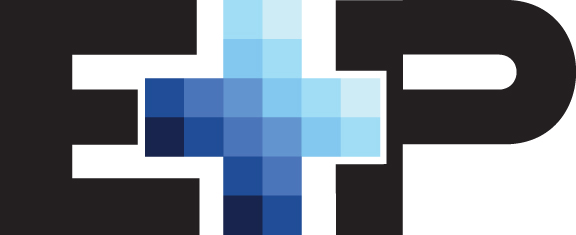
Editor's note: This "Tech Trends" section appears in the new E&P newsletter. This weekly section highlights the latest upstream technologies and services for the oil and gas industry. The copy herein is compiled from press releases and product announcements from service companies and does not reflect the opinions of Hart Energy. Submit your company’s updates related to new technology products and services to Ariana Hurtado at ahurtado@hartenergy.com. Subscribe to the E&P newsletter here.
Intelligent drilling and logging platform for reservoir evaluation, faster drilling and consistent well delivery
Halliburton Co. has released the iStar intelligent drilling and logging platform, a comprehensive measurement platform comprising multiple services for greater control of drilling and logging operations. The platform’s digital architecture supports automation, machine learning and artificial intelligence for reservoir evaluation, faster drilling and consistent well delivery. The platform acquires high-definition measurements closer to the bit and deeper into the formation for enhanced subsurface insight. It provides real-time visibility of the type and quantity of reservoir fluids and uses data science techniques to optimize reserves calculations and improve well placement. The technology helps maximize the ROP through integrated drilling dynamics and continuous well positioning measurements. The platform was designed with more sensors and fewer collars, significantly reducing bottomhole assembly length and decreasing the number of connections to improve reliability. Operators have run the services in several locations across the Middle East, Europe and North America.
Companies join forces to power maritime digitalization and decarbonization
Kongsberg Digital and ABS have integrated two of their platforms to help users maker faster and smarter operational decisions. Kongsberg Digital’s Vessel Insight provides vessel-to-cloud data infrastructure capturing and aggregating quality data in a cost-effective way. The platform contextualizes all data derived from a vessel’s sensors and other assets and transfers it for storage in the cloud through the Kongsberg network. ABS My Digital Fleet integrates data to provide real-time insights for driving sustainable operations and reducing operational risks. This unified platform provides actionable intelligence for ship owners, ship managers and charterers. Users can stream data from equipment onboard through Vessel Insight and connect to ABS My Digital Fleet to gain AI-powered insights that support voyage optimization through reduced fuel consumption, lower bunker cost, lower carbon intensity and improved charter party compliance.
Digital toolbox improves ocean data management and analysis
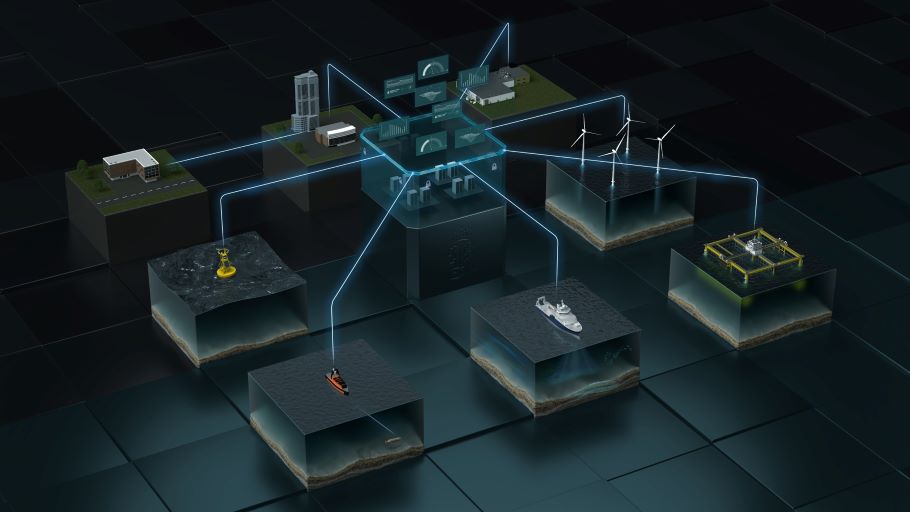
Kongsberg Maritime has released Blue Insight, a cloud-based digital toolbox to enable collection, visualization, contextualization, management and distribution of ocean data. The technology provides an open, modular platform for the processing, visualization and sharing of ocean data. The core module contains the cloud framework and an application-specific dashboard, teamed with data storage and management functionalities. Additional modules can be added to this framework to tailor its functionality to suit all projects. Key to the product’s data-streaming functionality is the concept of sensor function, by which data are streamlined from various onboard sensors and a local database for seamless transmission into the cloud. In addition, the module serves as a link with onboard sensors for remote operation. Data can be collected from any platform, ranging from crewed to autonomous surface vessels of even underwater vehicles such as AUVs or gliders.
ROTV enhances autonomous survey scope

iXblue has released its first remotely operated towed vehicle (ROTV), FlipiX. Designed to be operated autonomously from iXblue DriX unscrewed surface vehicle (USV) or from a light vessel, FlipiX enhances autonomous survey capabilities and allows operators to conduct multisensor operations in a single run. Leveraging advanced motion control and a reduced operational footprint, the tool is a conveyance platform for side scan sonars and magnetometers. Operating at towing speeds up to 7 knots, the technology altitude, pitch and roll are autonomously controlled to maintain measuring instruments at a fixed altitude. This active motion control bestows it with increased stability and maneuverability, resulting in enhanced measurement quality in challenging maritime environments and in reduced survey time. When combined with the DriX USV, the technology can operate down to 50-m water depths in its standard version and provides optimal positioning of measurement instruments for a data acquisition as close to the seabed as needed.
Partnership with blockchain technology advances digital transformation
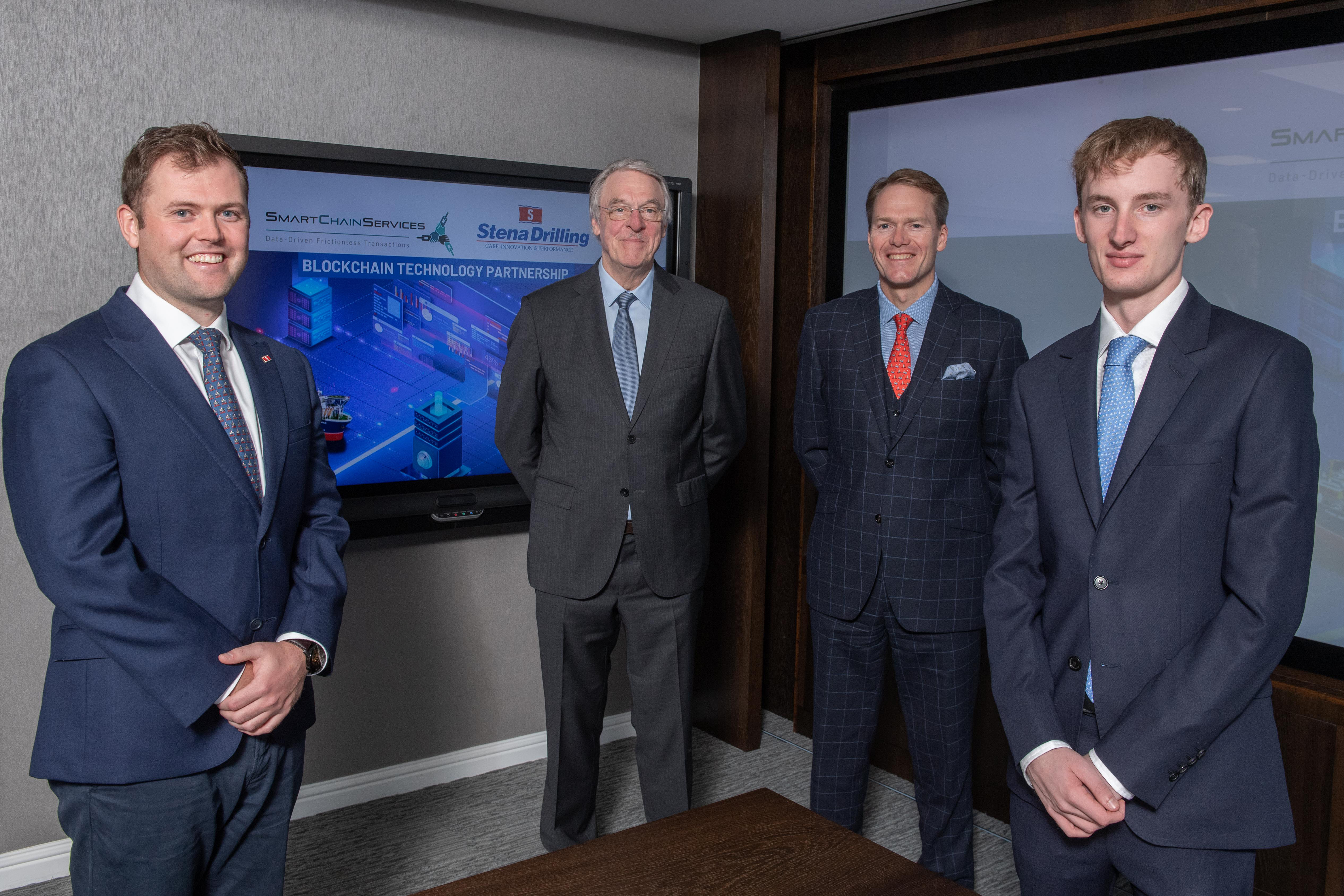
Stena Drilling has acquired a minority stake in and formed a three-year technology partnership with SmartChainServices (SCS). The partnership follows a six-month proof-of-value project, where Stena Drilling applied the power of SCS’ ClearDapp, a blockchain and smart contract technology, to reduce and eventually eliminate complex transactions related to International Association of Drilling Contractors reporting and payment-for-rig performance. The companies will work together to further develop smart contract solutions for the energy sector. With aims to automate and execute the payment cycle, the technology partnership will offer the energy industry new contractual models based on milestones such as drilling speed, carbon intensity or fuel usage, all automatically validated through data. The companies are scheduled to trial the ClearDapp technology with live data in fourth-quarter 2021 in collaboration with a major oilfield operator. The tool is built on R3’s Corda platform, and SCS will deliver per-to-peer transactions via the beta version of Corda’s payment module in first-quarter 2022.
SaaS tool offers realistic navigation training
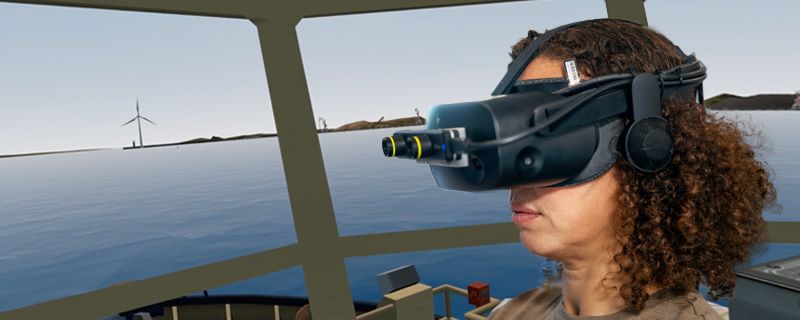
Force Technology has released SimFlex Cloud, a software-as-a-service technology offering realistic navigation training. Unlocking agile and accessible maritime training, it provides global onshore and onboard access to the company’s SimFlex simulator and Den-Mark simulator engine and model library. As cloud-based training technology, it offers user-friendly access to next-generation mixed reality simulation, using both virtual reality (VR) and augmented reality (AR) headsets to maximize realism and immersion. The system optimizes maritime cloud simulator training with qualified instructors from Force Technology or the customer’s own network in control of all learning aspects, communication, exercise creation and delivery, debriefing and evaluation for live participants located anywhere in the world. Flexible and scalable licensing options ensure that customers only pay for exactly what they use, while providing the ability to reduce or increase investments based on current requirements. Further, the connected nature of SimFlex Cloud ensures that users will always have the most recent content and training methods available.
Data analytics application helps industry tackle emissions, making the shift toward predictive maintenance
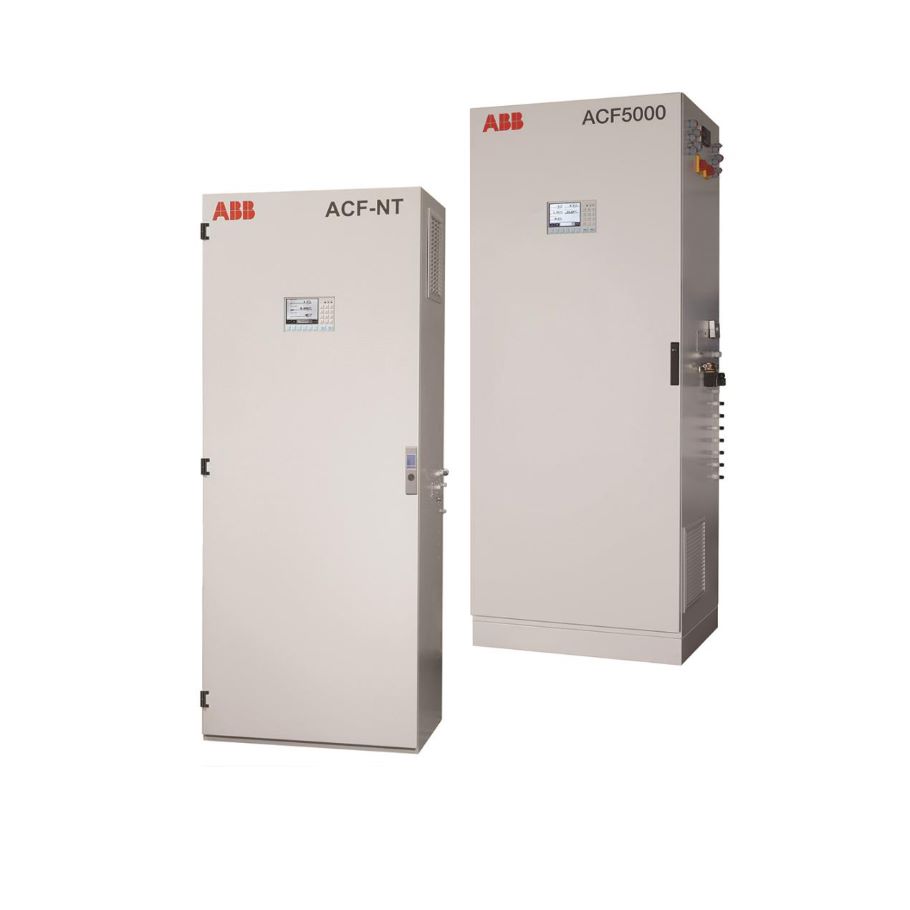
ABB’s Datalyzer is designed to help users respond to the challenge of increasing the agility and reliability of emissions monitoring in real time. The comprehensive, cloud-based modular application provides real-time status across a fleet of analyzers and plants. In doing so, it lowers ownership cost and reduces capex. Datalyzer collects data from emissions monitoring analyzers, which is routed to an onsite Edge device. The device sends the relevant information up to Datalyzer, which sits in the Microsoft Azure cloud. The application analyzes the data received, transforming it into concrete information for decision-making. The end user receives the information from the application across three different dashboard views. The first shows the fleet view, the second the plant view and the third a more detailed analyzer view. This combination provides an at-a-glance vision of the overall emission monitoring equipment status alongside valuable detailed asset parameters. Heat maps of the installed base, historical trends and systems diagnostics are among the key parameters provided.
Institute expands hydrogen valve performance, safety testing capabilities
The Flow Component Testing Facilities at Southwest Research Institute (SWRI) have expanded safety and performance testing capabilities to include hydrogen valve testing. SWRI is accredited through API to perform validation testing on both surface and subsurface safety valves. The facilities accommodate safety testing of other downhole safety, riser isolation and wellhead valves. All testing is completed under an API Q1 and ISO 17025 quality management system. These special valves operate at either very low temperatures or at high pressures to ensure hydrogen storage. Because hydrogen molecules are so small, valves must be securely tightened and tested for leaks. The institute offers nearly all testing methods for hydrogen valves, including ISO 19880-3. The institute not only offers clients the ability to test for material compatibility and performance, but also offers fire technology services such as fire testing of non-metallic seals, risk and hazard assessment, hydrogen flame detector testing and safety best practices.
Recommended Reading
SLB’s ChampionX Acquisition Key to Production Recovery Market
2024-04-19 - During a quarterly earnings call, SLB CEO Olivier Le Peuch highlighted the production recovery market as a key part of the company’s growth strategy.
PHX Minerals’ Borrowing Base Reaffirmed
2024-04-19 - PHX Minerals said the company’s credit facility was extended through Sept. 1, 2028.
BP Restructures, Reduces Executive Team to 10
2024-04-18 - BP said the organizational changes will reduce duplication and reporting line complexity.
Matador Resources Announces Quarterly Cash Dividend
2024-04-18 - Matador Resources’ dividend is payable on June 7 to shareholders of record by May 17.
EQT Declares Quarterly Dividend
2024-04-18 - EQT Corp.’s dividend is payable June 1 to shareholders of record by May 8.





